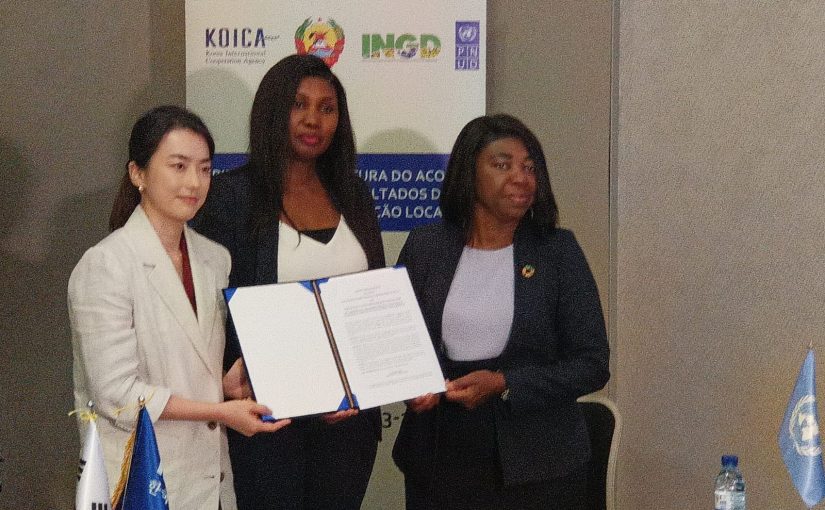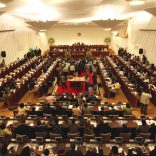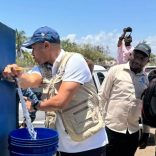Mozambique seeks US$4.1 billion to expand water access
South Korea allocates US$6.5 million to help Mozambique cope with natural disasters

Photo: INGD
South Korea is to donate US$6.5 million (€6 million) to Mozambique to help 350,000 people cope with cyclones and other natural disasters, Mozambican authorities announced yesterday.
Support from the Korea International Cooperation Agency (KOICA) will finance a project entitled Promoting Disaster Resilience and Cohesion in Mozambique, from 2023 to 2026, in partnership with the United Nations Development Program (UNDP).
The money will help communities strengthen structures for accessing basic services and livelihoods, so that they can withstand the seasonal passage of cyclones (between December and April).
The emancipation of women and the protection of the most vulnerable families, namely those displaced by war and people with disabilities, are priorities among the target groups.
The project will be implemented in five provinces: Manica, Sofala, Nampula, Cabo Delgado and Niassa, typically those most affected by cyclones.
Koica has a history of supporting Mozambique in the health, education, water resources and transport sectors.
Cyclone Freddy, the latest storm to wreak havoc in Mozambique, was one of the longest-lasting cyclones on record (37 days, between February 5th and March 14th of this year). It also covered the greatest distance, exceeding 10,000 kilometres since forming off the coast of northern Australia before crossing the entire Indian Ocean on its way to southern Africa.
The storm caused hundreds of deaths and widespread destruction in central Mozambique and Malawi.
According to NASA, Freddy has set the record for having the highest accumulated cyclone energy (ACE) of any southern hemisphere storm in history. ACE is an index used to measure the total amount of wind energy associated with a tropical cyclone over its lifetime.
The WMO Weather and Climate Extremes Archive gives details of records for temperature, precipitation, wind speed and more.
“World record or not, Freddy will remain in any case an exceptional phenomenon for the history of the South-West Indian Ocean on many aspects: longevity, distance covered, remarkable maximum intensity, accumulated cyclone energy (ACE) amount, impact on inhabited lands … but it will be necessary to wait until the system ends its life cycle to make an exhaustive assessment,” said Sebastien Langlade, Head of Operations at RSMC La Réunion.
The World Meteorological Organization (WMO) announced in March that it was setting up an expert committee to evaluate whether Tropical Cyclone Freddy had broken the record for the longest-lasting tropical cyclone. It has been a named tropical cyclone for 34 days, crossing the entire South Indian Ocean and travelled more than 8,000 kilometres. Its accumulated cyclone energy (an index used to measure the energy released by a tropical cyclone) was the equivalent of an entire average North Atlantic hurricane season.












Leave a Reply
Be the First to Comment!
You must be logged in to post a comment.
You must be logged in to post a comment.